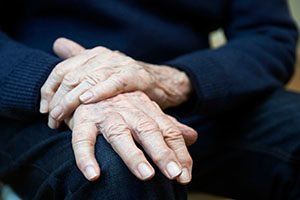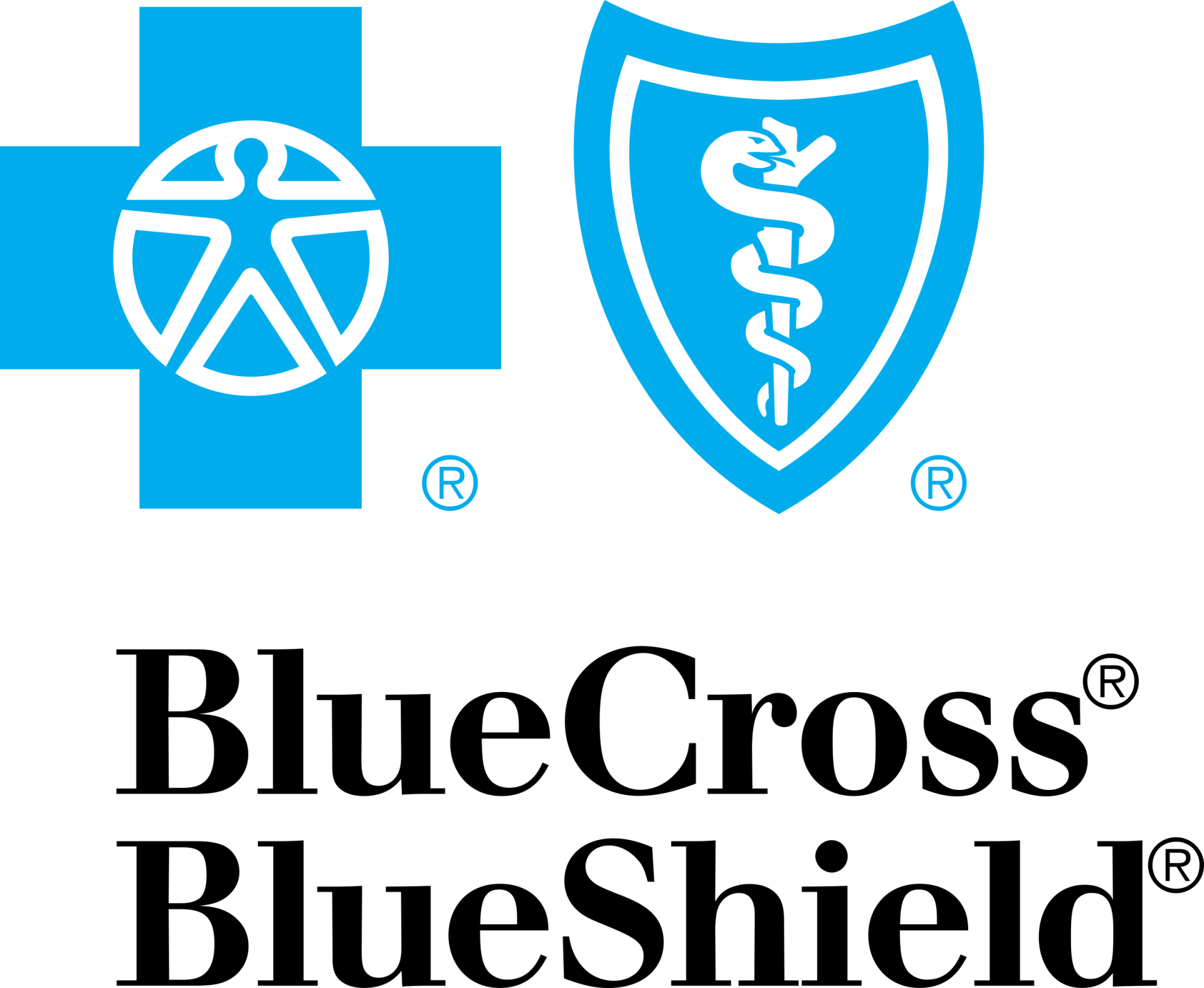Parkinson’s Disease: Who, What, Why
What is Parkinson’s Disease?
 To better understand Parkinson’s, it is first beneficial to know about the populations it affects, what part of the brain it affects, and some hallmark signs and symptoms. Parkinson’s disease is categorized as a disorder of the basal ganglia (a cluster of neurons in the brain). More than 1,000,000 people in the United States are affected by this disease and it can affect people as early as adolescence, but has an average age of onset of about 60 years old. The cause of the disease is currently unknown, but researchers think environmental toxins, genetics, and a history of depression may be factors. The disease has been found to be caused by a loss of Dopamine (a neurotransmitter) in the basal ganglia. Parkinson’s is progressive in nature and there has been no cure found to date. Characteristics of Parkinson’s include small movements, quiet speech, postural Parkinson’s affects everyone in a different way and progression usually varies from person to person.
To better understand Parkinson’s, it is first beneficial to know about the populations it affects, what part of the brain it affects, and some hallmark signs and symptoms. Parkinson’s disease is categorized as a disorder of the basal ganglia (a cluster of neurons in the brain). More than 1,000,000 people in the United States are affected by this disease and it can affect people as early as adolescence, but has an average age of onset of about 60 years old. The cause of the disease is currently unknown, but researchers think environmental toxins, genetics, and a history of depression may be factors. The disease has been found to be caused by a loss of Dopamine (a neurotransmitter) in the basal ganglia. Parkinson’s is progressive in nature and there has been no cure found to date. Characteristics of Parkinson’s include small movements, quiet speech, postural Parkinson’s affects everyone in a different way and progression usually varies from person to person.
What is a Basal Ganglia and a Dopamine?
The basal ganglia are a collection of clustered cell nuclei that control movement. They are divided into two different pathways, each with different functions. The one pathway receives input from the muscles of the body about how a movement is being performed. This information is then interpreted to determine if the movement that is being performed matches what was intended by the brain. In other words, this pathway determines if the movement is of the right amplitude (big enough or small enough) for the intended task. If the movement does not match the picture the brain wanted, the first pathway sends this information to the second pathway. In the second pathway, the nuclei interpret the information received, and send signals to the brain to adjust the movement. Areas that can be adjusted from this information include consciousness, muscle tone, and appropriate “gain” of movement (bigger or smaller movements). To make it simple this corrective information can either ramp up (increase) the intended movements or it can ramp down (decrease) unintended movements.
The two systems use a complex loop to provide a system of checks and balances. The messenger that relays information between the two systems is called dopamine. This substance is classified as a neurotransmitter and provides a way for cells to communicate. Since Parkinson’s is characterized by a loss of dopamine in the two pathways, they essentially lose their messenger and are unable to communicate properly with each other. This can lead to faulty movement patterns or small movements and quiet speech, which are often a characteristic of Parkinson’s.
Current treatments for Parkinson’s vary from pharmacological treatments to increase the amount of dopamine in the brain to exercise therapy. Stay tuned later this month for a blog post about the LSVT BIG program and how it can help decrease the rate of progression of the disease and improve overall function in the population affected by Parkinson’s.
Bryan Esherick PT, DPT









